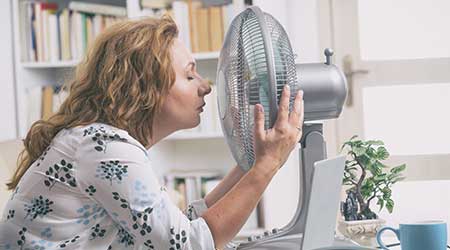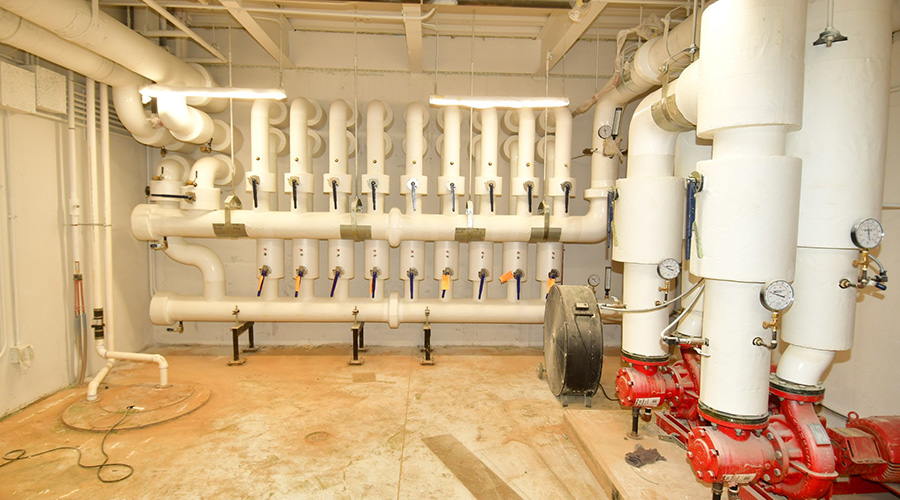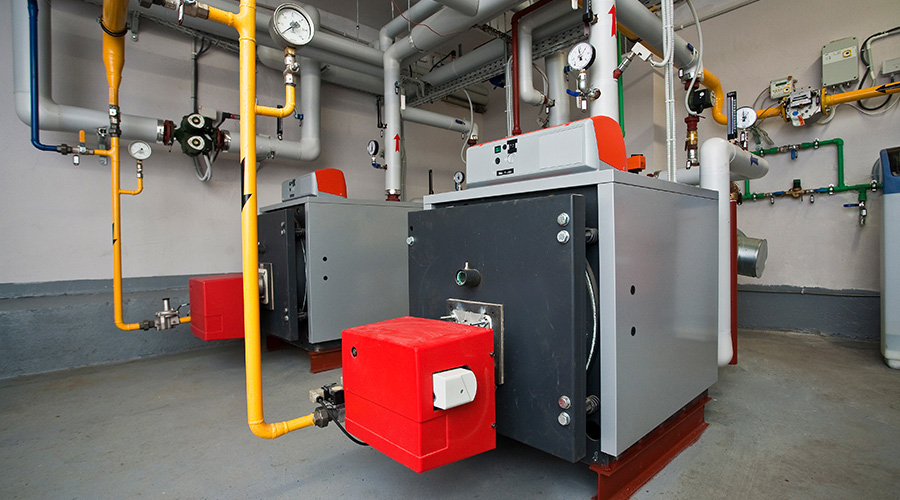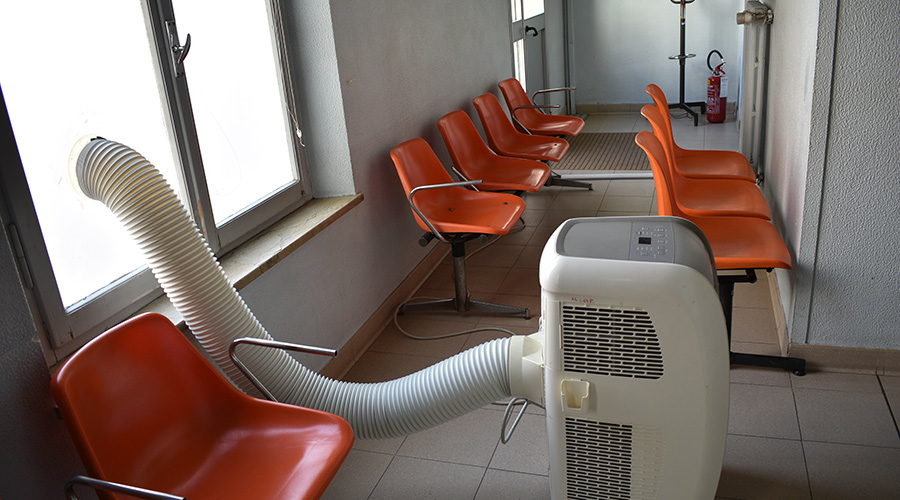Finding the Right Resources to Solve Too Hot/Too Cold Problems
If simple fixes don't do the trick, it may be time to call in reinforcements. Here are some tips on how to get the best help.
What happens if simple fixes for too hot/too cold complaints don’t solve the problem? For example, those visual inspections may have identified bigger problems that just can’t be handled in-house. Or maybe you couldn’t find anything at all. Now it’s time to consider bigger fixes.
Call for Reinforcements
While visual inspections and regular maintenance can help ensure system efficiency and functionality, some issues may require assistance from third parties. Here are examples of items that are not easily reviewed on-site due to inaccessibility or lack of visual cues, and larger system issues that may require rebalancing or resizing.
Test and Balance Contractors
Consider contacting a test and balance contractor to help review the following plausible causes of thermal discomfort.
• If you have specific individuals who report that are always too hot in their space, you may have a hot water valve in the terminal box or baseboard heating system that is stuck open. Similarly, if a handful of individuals report always being cold, the valve may be stuck shut.
• A test and balance contractor can also help determine if the water/hydronic system needs rebalancing. If tenants located furthest from the mechanical rooms often report that they are too cold, this is a good indication that the hot water system is not recirculating properly or the hot water pump may be undersized to meet the needs of tenants furthest away.
• A balancer may also be able to determine if supply fans are undersized or simply not pulling enough air for distribution to tenants spaces.
Mechanical Contractors
If supply fans are undersized or pulling too little air, it may be time to talk with a mechanical contractor.
• Mechanical contractors can assist with both adjusting supply fans to bring in appropriate amounts of outside air and with the installation of new supply fans if those on-site are found to be undersized for the areas they serve.
• A mechanical contractor can also help you review booster reheat coils in terminal boxes. Booster reheat coils could be under-sized or over-sized (leading to inefficiencies); mechanical contractors can help you determine if additional installations should occur to help provide more heat. If a supply fan is underpowered, ask the mechanical contractor to review the fan or duct pressure system to see if it can be increased or lowered. Installing booster electric coils in a hot water reheat system could substitute for replacing the underpowered fan.
• The contractor may recommend relocating duct static pressure sensors to ensure optimal location. We recommend three-quarters of the way down a ductwork run. If a sensor is installed just halfway down a run, it may not measure enough duct static pressure to communicate appropriate needs to the supply fan.
Building Automation System and Temperature Controls Contractors
A BAS or temperature controls contractor can help you dig into building settings for problem areas.
• Thermostat deadband setpoints are sometimes field-adjustable from the BAS, allowing your on-site team to review and adjust as necessary. If the setpoints are not field-adjustable, a BAS or temperature controls contractor can assist. Having narrow temperature deadbands can cause heating and cooling systems to fight throughout the day and night. The building’s cooling and heating temperature set points should be around five to eight degrees apart, ensuring that heating systems don’t kick on as soon as cooling turns off.
Whether a simple clean, a visual inspection, a relocation, or system overhaul is needed, this list can promote thermal comfort for occupants and identify issues along the way.
Patricia Kaufmann (patricia.kaufmann@rivion.com), LEED AP BD+C, CxT, and Samantha Longshore (samantha.longshore@rivion.com), LEED AP O+M, BD+C, are senior solutions consultants for Rivion, formerly Transwestern Sustainability Services. The firm offers energy and sustainability solutions to improve building performance, reduce operating costs, increase asset value, and create healthy environments.
Related Topics:














